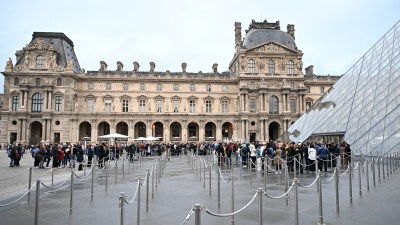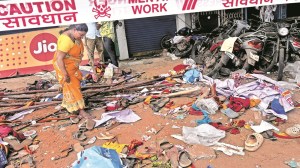Guj Riots: ‘Pain can’t be exhibited but burnt homes can’
Survivors of Gujarat riots are planning to convert the burnt buildings where their relatives were killed into a museum.

Survivors of Gujarat riots are planning to convert the burnt buildings where their relatives were killed into a museum.
More than 2,500 people were burned and hacked to death in a month of violence in Gujarat 6 years ago, according to human rights groups. Officials put the death toll at about 1,000.
Twenty-six deserted and charred houses standing in the Gulbarg Society, a Muslim-dominated housing project in Ahmedabad, are a reminder of one of the riot’s more infamous episodes.
On Feb. 28, 2002, a mob killed at least 39 residents, according to official numbers. Another 20 residents have been missing ever since, including 5 children.
Some were locked inside their homes which were then set on fire. Others were stabbed with swords or pelted with stones, according to survivors’ accounts of the day.
Blood-stained clothes, swords and victims’ belongings will now be displayed in the buildings as a reminder of the day.
“Pain, tears and wounds cannot be exhibited but burnt homes, blood spots, swords, stones will narrate the story,” said Javed Muhammed Sheikh, who lost his wife and two children in riots.
Javed says he watched as his wife was dragged out of the house and stabbed repeatedly. His sons, then aged seven and 10, were set on fire and left to die.
He, like other survivors, now lives permanently in a relief camp set up after the riots. The killers have never been caught.
“All I can do for my family is to share their story with the world in the museum by displaying toys and books of my children who loved life,” he said.
A voluntary organisation called Citizens for Justice and Peace is helping the victims to design the museum, which will include exhibits about other religious riots since India’s independence.
“There’s no place for us to pay our respects to riot victims. We want people to come face-to-face with violence,” said the organisation’s Teesta Setalvad.
Wednesday marked the sixth anniversary of the deadly train fire in the town of Godhra which helped trigger the riots.





- 01
- 02
- 03
- 04
- 05


























